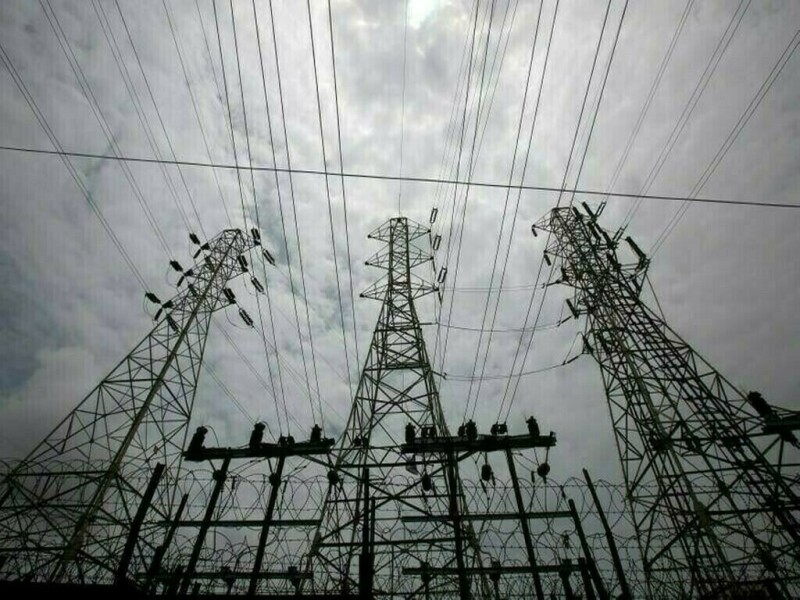December of 2017 had higher electricity generation than December of 2023. It is this bad. The 1HFY24 power generation at 66 billion units matches that of 1HFY21, when COVID restrictions were still there in some shape and industrial demand had tanked. Electricity generation has now declined for the third month running, with December 2023 generation at 7.4 billion units, down 8.4 percent year-on-year. On a 12-month moving average basis, power generation at 10.5 billion units is a 7-month low. The trend that started in January 2023 has now stretched a full year.
It was seen coming too. The last 18-20 months have been among the worst phases in the country’s economic history. The more telling blow was dealt by a significant revision in base tariffs at the turn of FY24. To top it off, more surcharges and higher periodic adjustments have made electricity insanely expensive at all consumption points.

Industrial activity has not picked pace yet either, with the LSM down 0.8 percent year-on-year during 1HFY24. But the industrial output in Pakistan is considerably higher than five, six, or seven years ago – whereas electricity generation is stuck in the past. Numbers often come with a lag, but there is a high likelihood that industries have increasingly moved away from the grid, opting for captive or other sources of power generation.
The more worrying aspect is that of generation fuel cost, which at Rs81 billion is a colossal 72 percent higher than the reference fuel charges for December. The CPPA has requested a sharp upward adjustment of Rs5.62/unit in lieu of monthly Fuel Charges Adjustment (FCA) for December 2023. The FCA sought is even higher than the reference fuel cost of Rs5.4/unit.
Mind you, global energy commodity prices have not risen in the recent past and currency has remained largely stable. The deviation comes despite much reduced actual generation as compared to the reference point at 8.3 billion units. The core reason is an unrealistic generation mix forecast while determining the Power Purchase price (PPP) for FY24.

The generation mix had an LNG share of a mere 5 percent of the total at 6.6 billion units for the entire FY24. Actual RLNG-based power generation in just six months is already nearing 12 billion units, having cost Rs286 billion. Rs 156 billion was billed for reference fuel charges for FY24 when the base tariff revision exercise was carried out last year in July. In just half the year, the fuel charges have nearly doubled on RLNG – that explains the sharp deviation from reference charges and high adjustments in FCA, month after month.
Also note that December’s FCA, unlike the previous two months, does not include a sharp previous adjustment (Rs36 billion for Oct & Nov) on Thar Coal Block-1 (TCB-1) power generation company. Reduced actual generation will also lead to higher quarterly adjustments in the near future. Rs 516 billion are the reference capacity charges for 2QFY24 at 27.5 billion units. The actual generation for the said quarter is a little under 24 billion units. Do the math. Elections or no elections, IMF or no IMF, power is all set to remain extremely pricey for a long time to come.
Read the full story at the Business Recorder - Latest News website.

